Restaurant Uberfahrt (which means "crossing") is in a smart hotel of the same name by the pretty lake Tegernsee, less than a one hour drive (50km) south east from Munich, in the little town of Rottach-Egern. The restaurant is one of four in the hotel, and is on the ground floor. Uberfahrt may not be a likely candidate for an international brand rollout to English-speaking counties any time soon, but it is a perfectly sensible name in German. The hotel is named after the ferry crossing point just by the hotel (or to be precise, the little boat that used to take up to three people across, now supplemented by a much larger ferry).
Chef Christian Jurgens had trained for four years with Heinz Winkler and also worked in Munich at Aubergine and Tantris when these restaurants had three stars (with head chefs Eckart Witzigmann and Heinz Winkler respectively). In 1997 he became head chef of am Marstal and gained it a Michelin star, then moved to Hotel Burg Wernberg where he gained the restaurant a second star. He moved to Uberfahrt in 2008, and almost immediately gained two stars for the restaurant. In the 2014 guide the restaurant was promoted to the ultimate third star.
The dining room seats 40 guests and has a view over the hotel gardens. The decor was quite casual, with no tablecloths, wooden floor and padded panels on the walls. A few framed misty black and white photos of the lake adorned the dining room walls. There were two menus, one at €169 (£136) and a slightly longer one at €209 (£168), which is the one that we chose. Dishes were individually priced, so alternatively you could make up your own menu from the two sets of dishes.
The wine list appeared in a hardback book cover, 150 pages long, the wines coming from Germany, Austria, France and Italy. Examples were Albert Mann Schlossberg Riesling 2007 at €52 for a wine that you can find in the high street for €34, Egon Muller 2008 Riesling Kabinett Les Galais Wiltinger Braun Kupp at €85 for a wine that retails at €44 and Chateau l'Arrosee 1998 at €130 for a wine that you can find in a shop for €70. At the posh end of the list, Chateau Pontet-Canet 2002 was €179 compared to its retail price of €91, and Cheval Blanc 1999 was €790 for a wine that will set you back €460 to buy in a shop.
The meal began with a dish of cream cheese and herbs with cress ice cream served on a stone with crackers. This was quite pretty and had pleasant flavour (16/20). A little caviar tin contained apple, crayfish and coriander, this having good texture, though for me the coriander was a little dominant (16/20). Bread was a choice of milk bread (bought in from a nearby baker) and potato bread, made from scratch in the kitchen. Both were good, the potato bread tasting of what it was supposed to, though I slightly preferred the milk bread, which had a nice crust and good texture (17/20).
A tomato snowball with cress had a sphere of liquid caipirinha (a sugar cane cocktail) tomato inside a cocoa butter shell. This was a nice piece of technical cooking, the tomato flavour coming through well, the shell delicate, the Brazilian cocktail adding an extra punch (18/20). Spring vegetables with smoky potato cream was nicely presented, a selection including carrots, peas, radishes, mushrooms, raw asparagus and pickled beetroot. This was pleasant enough, but the vegetables were far from dazzling in flavour (barely 16/20). Much better was a dish of duck foie gras with apple, duck skin, onions and port sauce. The skin was crisp, there was deep liver flavour and the balancing acidity of the apple worked well with the sweetness of the onions and the richness of the sauce and duck liver (19/20).
The next dish had a rather theatrical presentation, using a glass Kona autodrip coffee machine to prepare a langoustine soup flavoured with shiitake mushrooms, ginger and Asian spices. The machine was left on the table to brew, and when it eventually finished, a plate of langoustine, mushrooms, soy and coriander was brought and the soup poured over. After all the build-up, the soup itself was rather thin and lacking in taste depth, the spices and coriander being the main flavour notes that came through (barely 16/20).
Turbot came with olives, artichokes, tomatoes, croutons and an escabeche (an acidic Mediterranean) sauce. The fish was correctly cooked, the olives and artichokes a fairly classic combination, though the quality of the fish itself was good rather than remarkable (17/20). A cube of potato was filled with egg gel and topped with truffle, served with mushrooms and a Madeira sauce. I liked this dish, the sauce enjoyable rich and working well with the potato, the seasoning bold but not overpowering (18/20). One further savoury dish appeared before the main course. A sherbet of beurre blanc with caviar tasted just as described and was pleasant, as was a local potato served with parsley, Marscapone, mushrooms and ham, though in this case I found the parsley a little dominant (15/20).
Pike perch "hedgehog" was served with cucumber, garnished with crisp fish scales (the spikes of the hedgehog) and a sauce flavoured with spices. The fish was accurately cooked, the sauce enjoyable enough (16/20). My main course was Australian wagyu beef, served with potato, onions, capers, herbs and notionally citrus, though quite where that appeared in the rather gloopy sauce was unclear. The overall dish was rather rich, the beef fairly well marbled but lacking the flavour that you get with wagyu beef in Japan, and indeed some significant citrus element would have brought some useful balance to the dish (16/20).
In place of a cheese board was a Fourme d'Ambert dish with a creamy mousse version of the blue cheese as well as some in its natural state, served with figs, pecan and macadamia nuts. This worked nicely, the nuts giving some balance to the rich cheese (17/20). "Smashed apple" had shards of crisp apple with soy milk foam, caramel and cassis. The combination worked nicely, the apple bringing enough sharpness to cut through the milk foam (18/20). Finally an enjoyable cake of buttermilk and oranges topped with fruit (17/20) was served with Heimbs coffee from Braunschweib, a brand dating back to1880.
Service was friendly, though not as precise or as knowledgeable as in many three star restaurants; I did, however, think the female sommelier was very good. The dish pacing was rather leisurely, especially in the middle of the meal. The main course did not put in an appearance for over 160 minutes after we sat down to eat (I would not normally time such things, but such was the gap between courses that I made a note of it).
The bill came to €301 (£243) per person in total. If you ordered the shorter menu and shared a modest bottle of wine then a typical bill would be around £175 a head. This is not in itself extortionate for a three Michelin star meal, especially if you compare it with somewhere like Paris, but the relevant comparison is with other multi-starred restaurants in the vicinity. We had eaten the night before at nearby Heinz Winkler for £154 for a meal that was superior to this. Overall this was an enjoyable enough meal, but not one that compares well to other three star restaurants in Germany. The gulf in quality between the meal here and that of places like Schloss Berg, Aqua and Vendome is, for me, considerable. This is not a criticism of the restaurant but more of the expectations that the third star raises.





















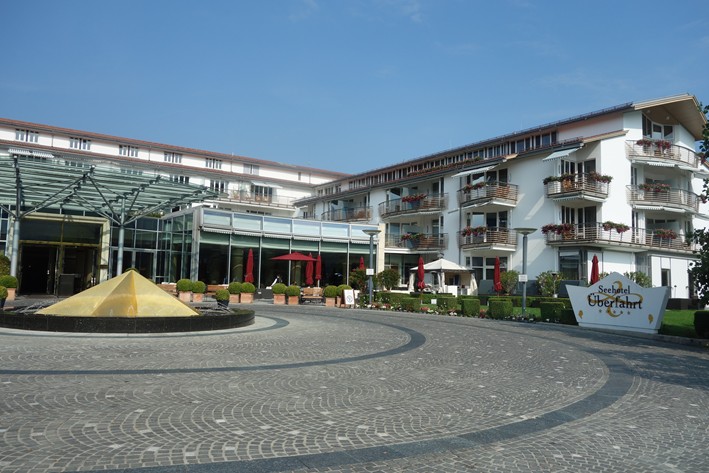

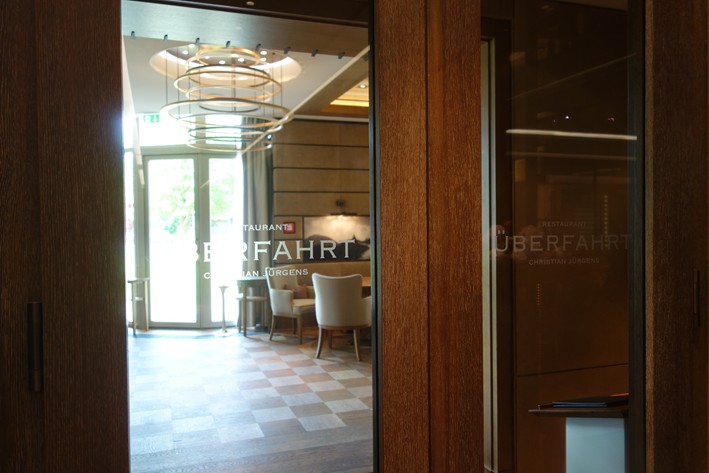

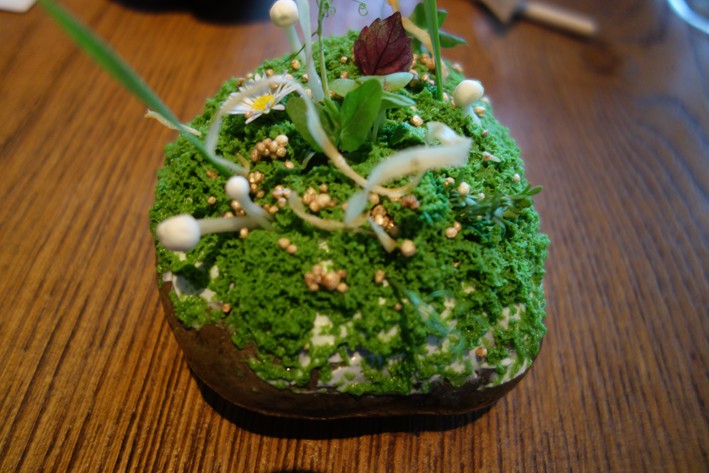
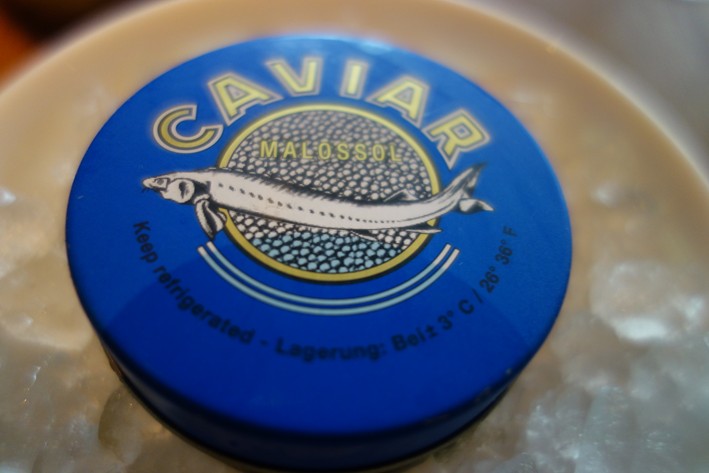

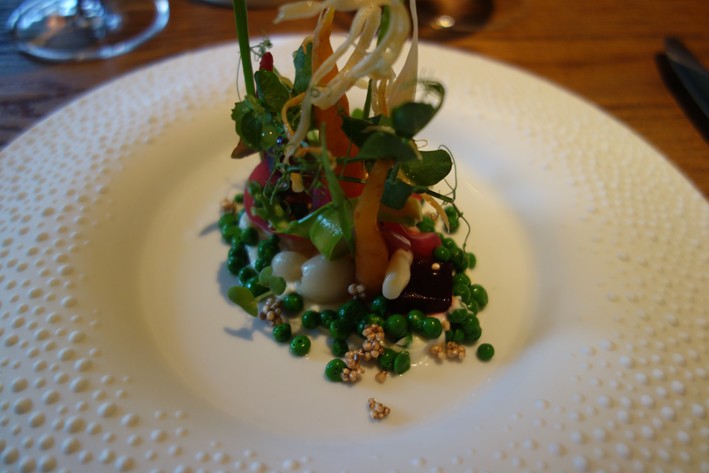
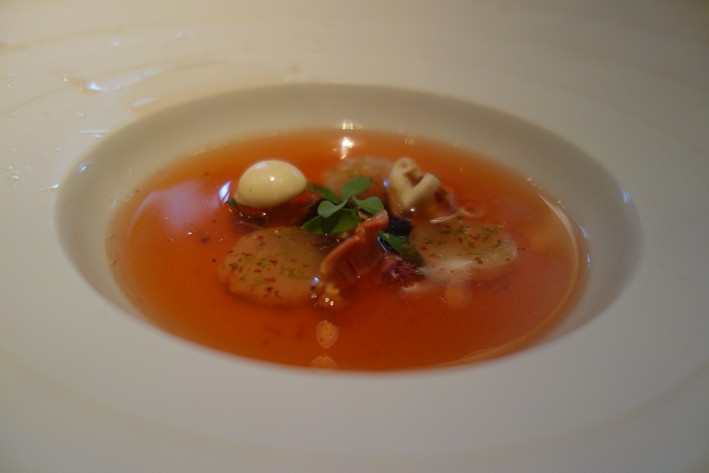
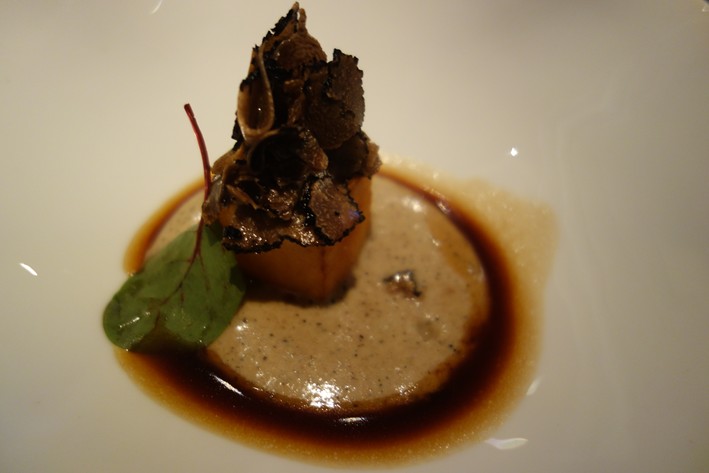
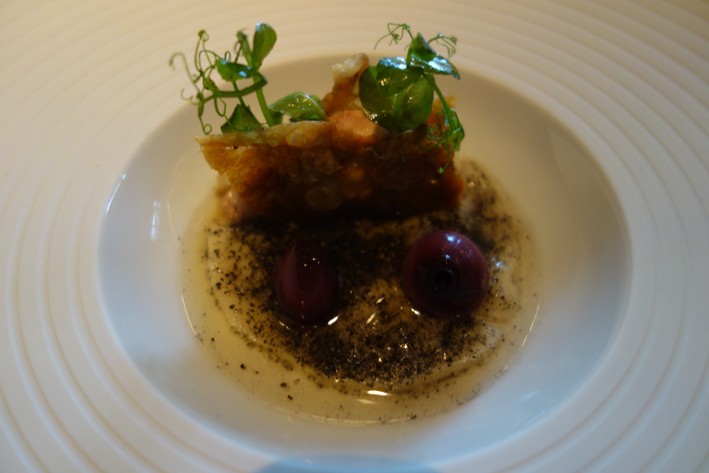


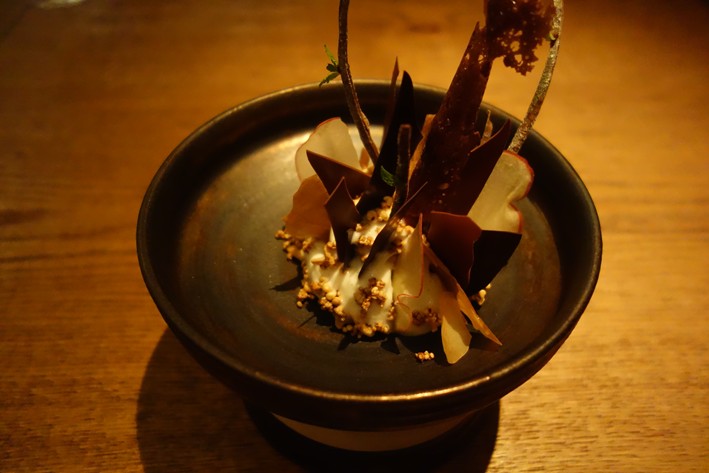
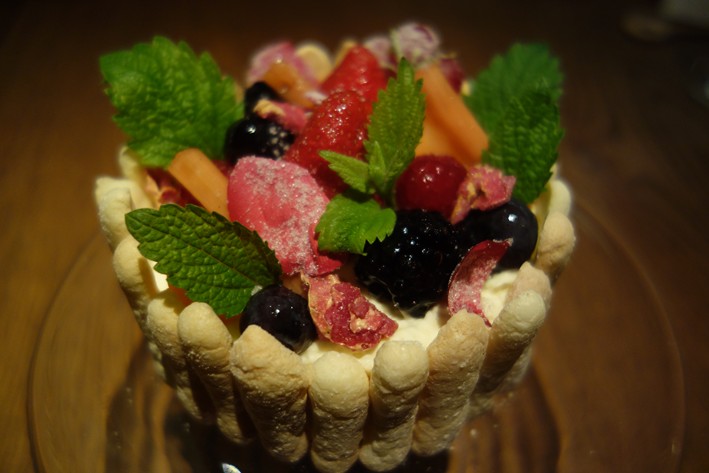
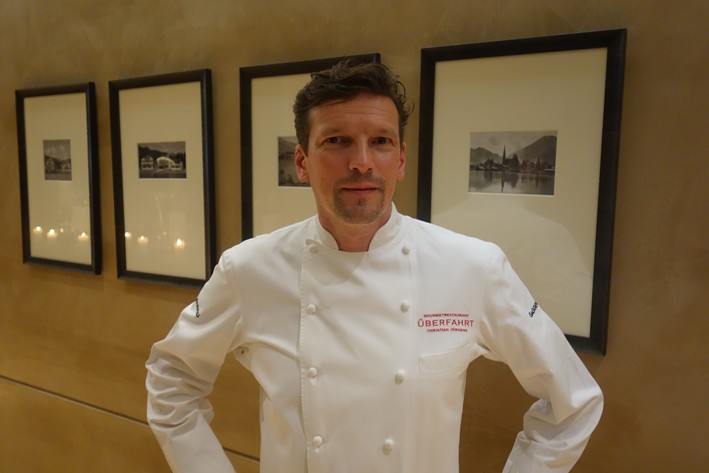

Adrian Turner
Many thanks for that review, Andy. I really fancied this place . . . but no longer. The hotel looks like a conference venue, that pokey little corner table, the rather gimmicky food . . . I've struck it off my list.